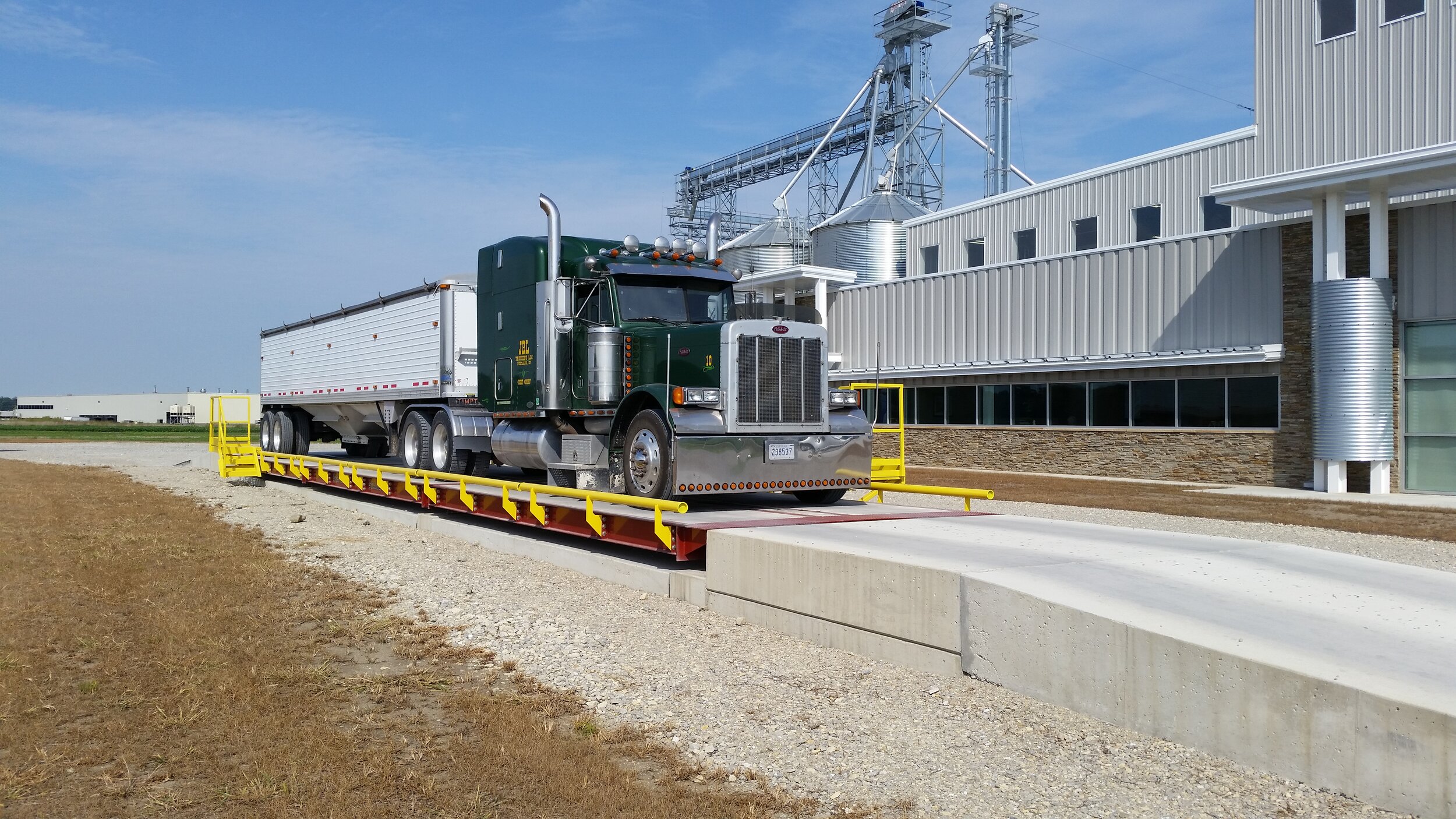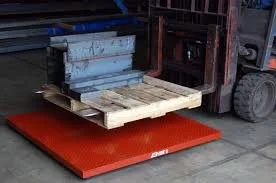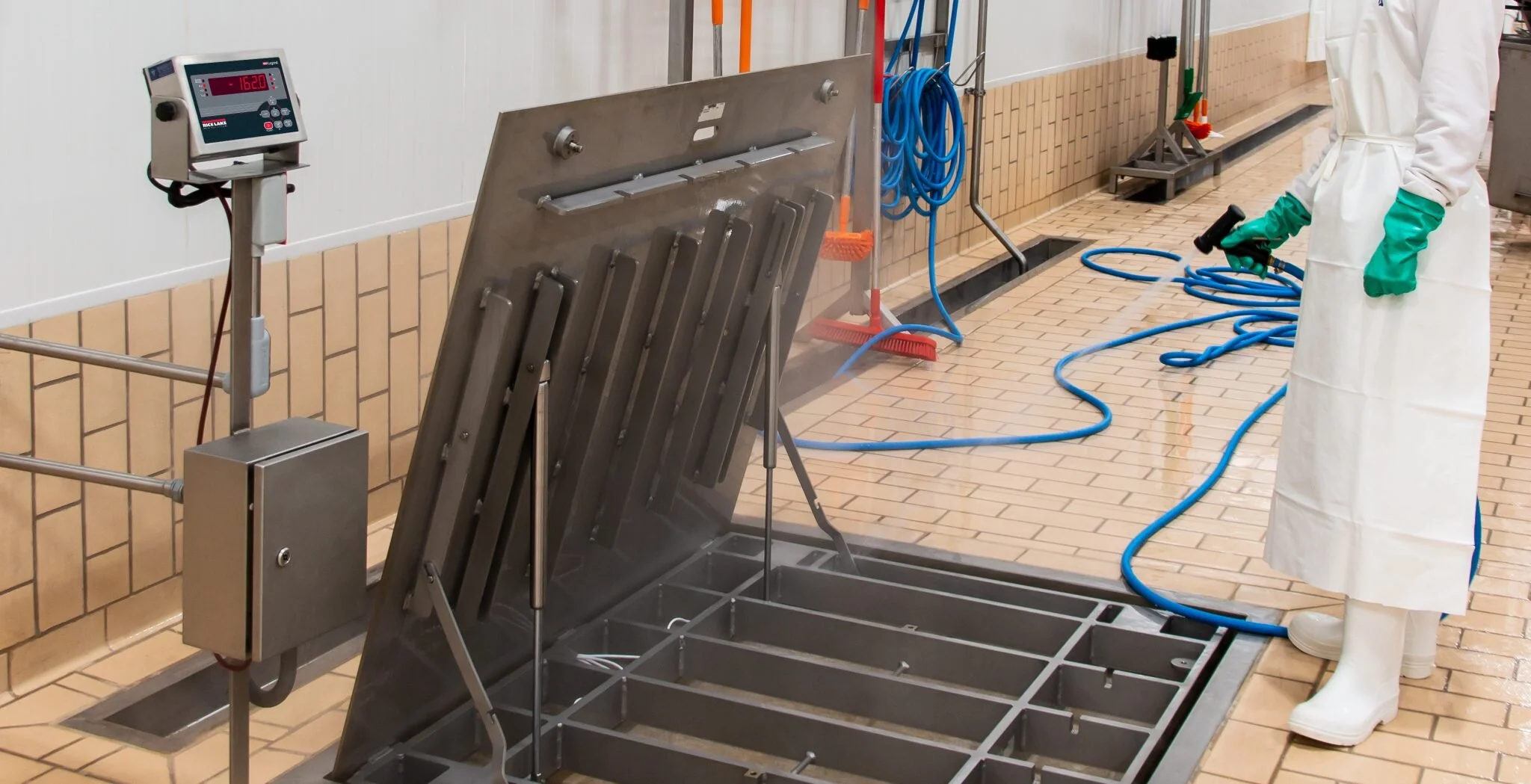Weighing in Production: Value through Data
When most people think of weighing, their mind tends to picture “Retail”.
“How many ounces of cookies are in this box?”
“Do I need 1 or 2 gallons of milk?”
“How many lbs. did I gain over the holidays?”
For those of us in the material handling industry, we may think a little more beyond retail, but still primarily “post-production”:
“How much lumber is on this truck?”
“How much does that pallet weigh?”
“How much “stuff” did we make today?”
In fact, there is a place for weighing throughout the entire supply chain; raw, refinement, production, quality control, packaging, logistics and retail. Having a good understanding of effective placement and use (including proper scale selection, maintenance, and calibration) of these tools can be incredibly beneficial in reducing overhead, identifying bottlenecks, and in the end increasing production and/or efficiency and profitability.
In production, scales do more than “weigh”. They create value.
To exemplify, let’s imagine you operate a facility that makes plastic fenders for golf carts. Of course, as we walk through, actually consider your own position, where it falls within the overall supply chain process, and if you are taking advantage of all of the weighting and cost saving tools that are available.
Let’s assume our fenders are going to be molded of thermoplastic resins. These are materials that become liquid in high heat only to harden again when cooled. Easily molded into various shapes and structures, this gives thermoplastics applications in many industries.
To visually grasp the extreme number of materials and production options of thermoplastics, let’s list out some of the most common here: Commodity Resins: ABS, Acrylic, High Density Poly, Ethylene, Polypropylene, Polyethylene, Polystyrene, PVC, Styrene, Engineered Resins: Acetyl, PBT, PET, Polycarbonate, Peek, PEI, PES / PSU, PPE, Nylon, PPS, TPE, TPU, Teflon, TPR, Specialty Resins:, COC, COP, LCP! AND… of course each of these types have multiple different producers, each with their own “recipe” to create specific characteristics!!! To say there are thousands of varieties is not an exaggeration:
Scale use 1: Raw production
Each of these different choices are individually manufactured in unique chemical production facilities which would use a variety of scales (silo/tank scales, gain-in-weight/loss-in-weight feeders, belt scales, pneumatic transporters on load cells, etc) in their manufacturing process. But, we will jump ahead to our plant.
Scale use 2: Raw Supply/Logistics
Let’s say, our material requires a resin, a plasticizer, a fiber, a heat stabilizer, a UV stabilizer, and various pigments (for color) In actuality there are probably more! These base materials are typically transported by rail or truck, each of which would be weighed by NIST certified scales prior to leaving their respective manufacture point for both production verification as well as state and national “legal for trade” and “over the road” requirements and limitations.
Scale use 3: Intake
Once arriving to our site, these containers are often “re-weighed” to verify delivery quantities. Done by using any combination of rail scales, truck scales, weight monitoring a “receiving vessel” (a silo on load cells for example) or checking bulk packaging like a “bulk-bags” with a forklift scale, at this point our raw material has become an “ingredient”.
Scale use 4: Ingredient inventory management
In order to efficiently produce, we would need to know how much ingredient we have on hand at all times. Primarily, this prevents us from running out of an ingredient and halting production (extremely costly), BUT… this also allows us to make smart economically driven decisions, like when and how much of an ingredient to purchase so we might take advantage of advantageous market pricing, bulk discounts, logistics savings etc. While some plants might use volume measurements (level probes) to track ingredients, bulk densities can vary, so using scales to WEIGH the materials on hand is much more accurate. Volume varies, weight does not.
Scale use 5: Batching/Quality Control
Now its time for us to make our material. Here, the use of scales if of utmost importance. As we bring our six (in reality more) ingredients together, we must be absolutely sure we have the right amount of each. Too little UV stabilizer would cause our golf carts to “yellow” or become brittle, too much plasticizer could lead to our panels being flimsy, or too much or too little pigment would lead to variability in the color our finished product (no golf course would want 15 different shades of cart!) Depending on how the ingredients are transported to the batching/blending tank, this weighing might occur through multiple types of scales; again, gain-in-weight/loss-in-weight feeders, belt scales, pneumatic transporters on load cells, or in some cases simply hand scooping an ingredient into a tote sitting on a small bench scale to be manually added. All of these are yet another check point where we can make sure we are optimizing our ingredients (cost savings), identifying points of ingredient loss (waste), reducing the chance of “bad batches” (waste reduction), and quality improvement (higher value final product) each of which improves profitability.
Scale use 6: Production
As we now put our mix into the molds, we again would weigh out. This makes sure we have sufficient material to form the entire piece (eliminate voids) but that we do not OVERfill (and create waste). Additionally, supplying the molds or injection equipment with the proper amount of material increases the longevity of the machinery (maint. costs reduction and downtime avoidance) plus reduces additional labor costs needed for post-production finishing,
Scale use 7: Finished Goods Quality Control
Post trimming and finishing, we would now scale weigh our finished panel during the quality control process. This additional quantitate check measures product consistency and “red flags” potential concerns. This scale might help us identify panels that are too “thick” (a waste of production materials), or too thin (a source of customer concern), each of which might also suggest the need to examine the production line to find the root cause of variance, perhaps preventing expensive downtime or repairs.
Scale use 8: Packaging/Logistics
Now as we package our panels for transport to our customer, we once again would scale weigh and label each panel if selling individually, or weigh and label a pallet holding numerous. Strategically planning packaging and transportation weights may allow us to take advantage of shipping savings.
This quick example of a single product has utilized DOZENS of scales, each with an opportunity to improve efficiency, reduce costs, and increase profitability.
Again, in production, scales do more than “weigh”, they create value.
Of course, we could imagine this for any material, product, or industry. Maybe trees in a logging yard, trucked to a mill, processed with other chemicals to make a cookie box. Grain from the field, sent by train with other ingredients to a bakery to make those cookies. Bulk Bags of silica from a quarry, mixed with additives to form the glass on top of our personal scale.
We invite you to think about your own position and products and how property selected, installed, maintained and calibrated scales could improve your operations and success.
Let us know how American Scale Company can be of help.
The Author has over a dozen years experience in dry material handling, processing, manufacturing and weighing including consultative system design, equipment and component recommendation, provision and supply.
Closing Words
At American Scale we strive to bring you informed and useful content on all things scale related. Be sure to check out our legal for trade truck scale system articles about truck scale foundation or how much do truck scales cost. We even have a guide to warranties. We also have articles on scale accessories, common problems to prolong your scales lifespan, weighing applications as well as what scale indicator works best with your junction box. To learn more about bench scales, it would be good to check out our other articles such as “Bench Scale Basics'' and “How Much Does A Bench Scale Cost?”. These articles will help with the basics of bench scale ownership.




